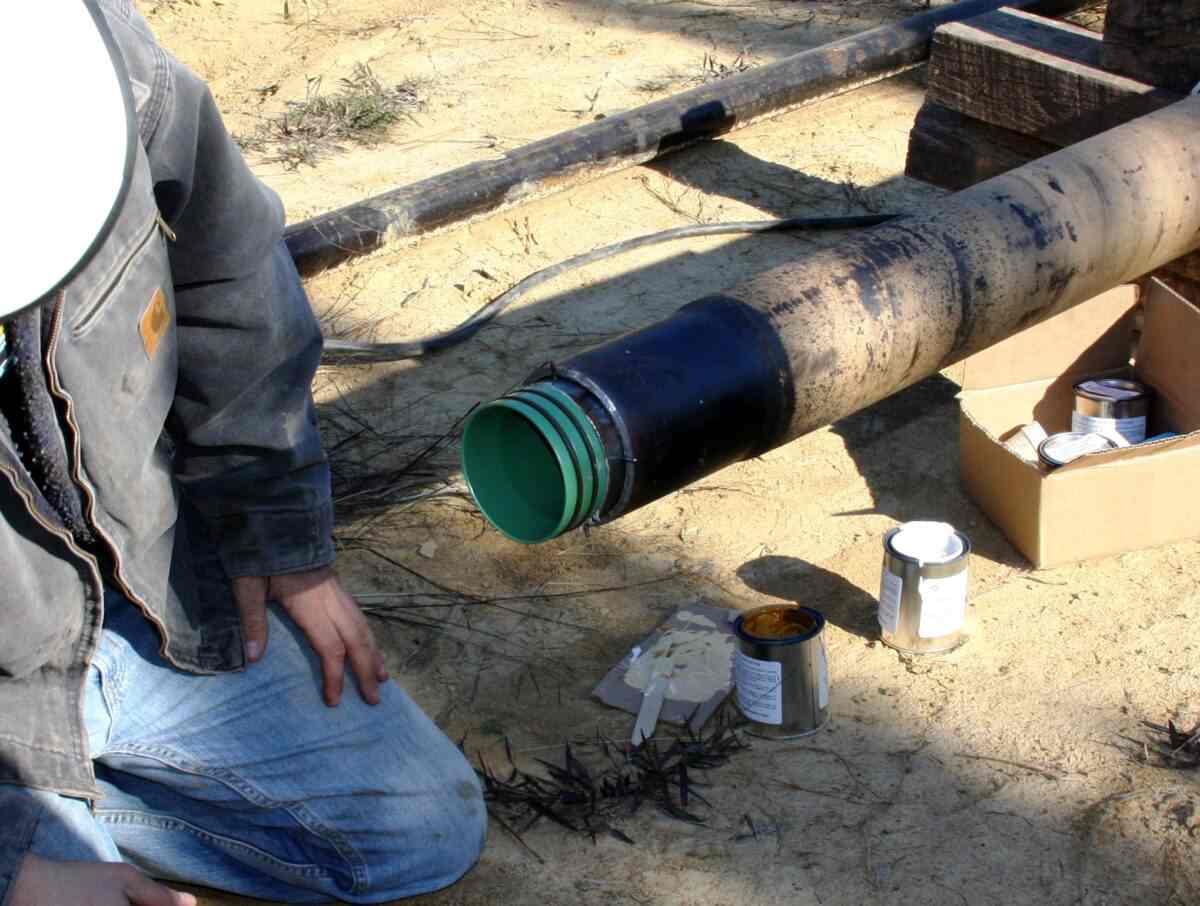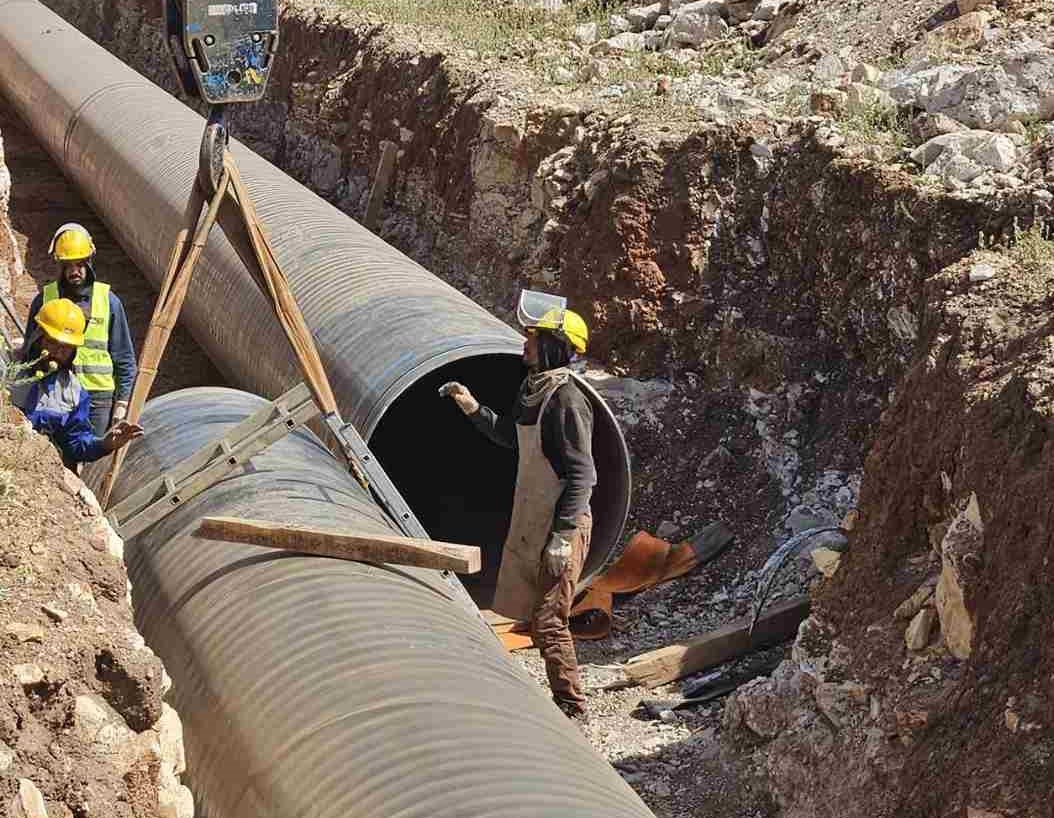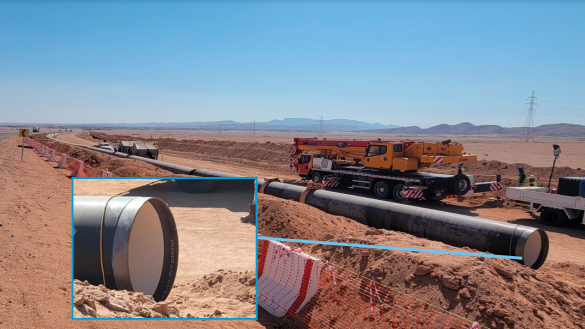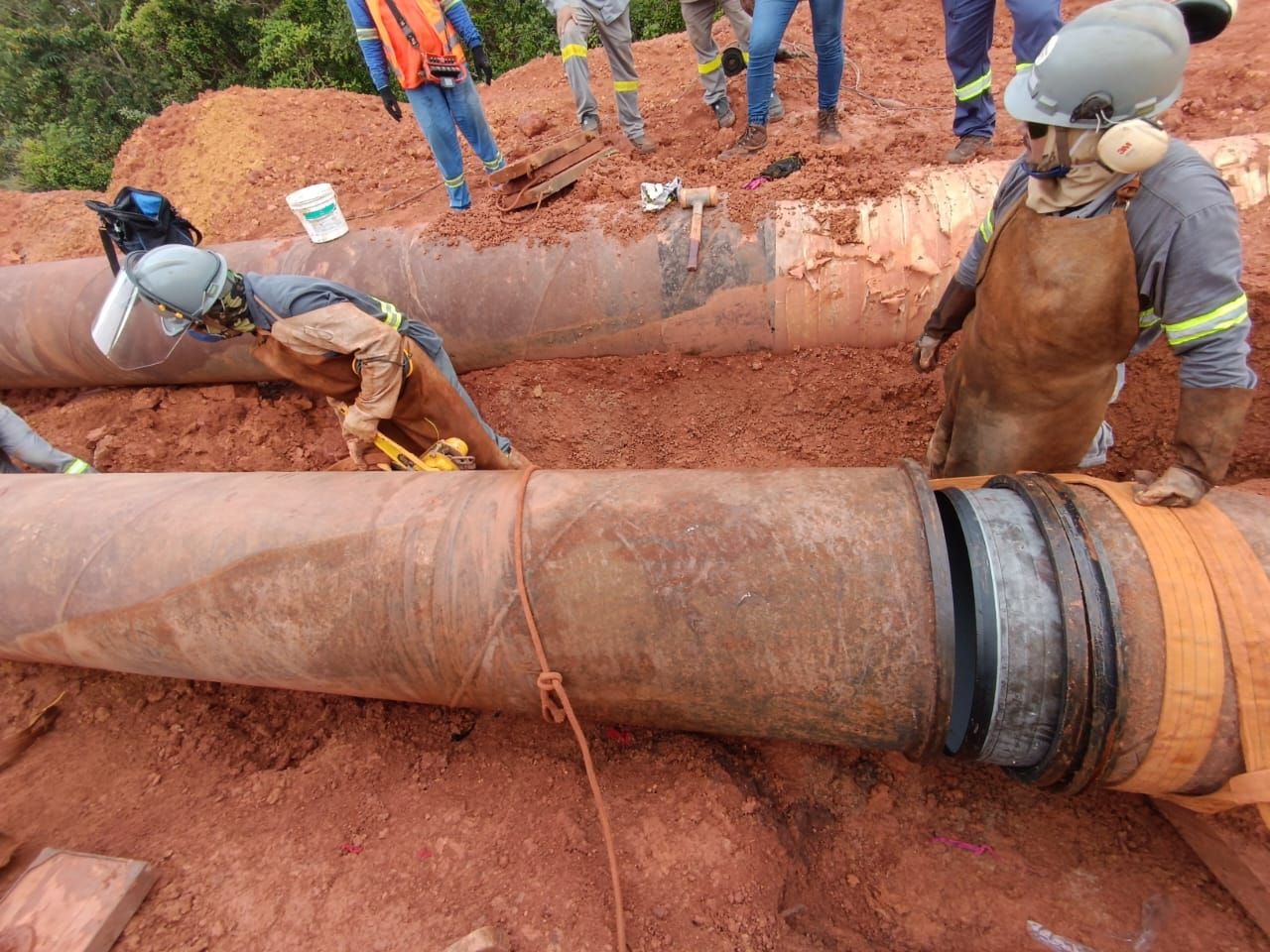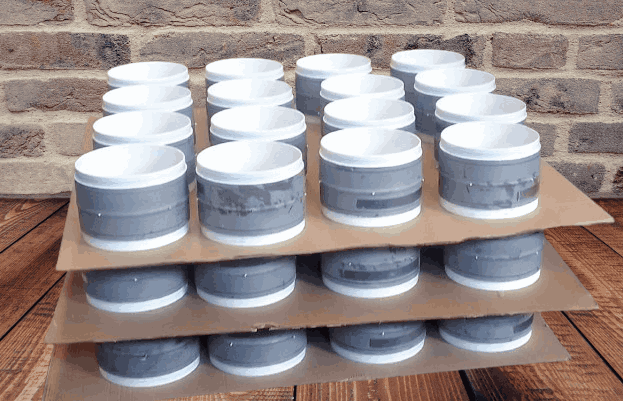In pipeline infrastructure, ensuring the long-term integrity and corrosion protection of internally coated pipelines is paramount. The CCB® Sleeve for Thin Linings, a revolutionary product developed by Lined Pipe Systems, stands as a testament to this commitment. This innovative solution seamlessly blends simplicity, efficiency, and effectiveness, addressing the challenges associated with protecting thin linings during pipeline construction.
Additionally, the CCB® Sleeve for Thin Linings by Lined Pipe Systems is an innovative solution that offers a wide range of benefits to various industries and applications. In this blog, we will explore the advantages and limitations of using CCB sleeves for thin linings, as well as discuss different applications where they are particularly effective.
You may like to read our blog: Pipe protection sleeve: What is it and how it works?
CCB® Sleeve: The Solution for Protecting Thin Linings
In the intricate world of industrial piping, the demand for efficiency, durability, and cost-effectiveness is ever-present. One breakthrough that has garnered attention in recent times is the CCB® Sleeve for Thin Linings by Lined Pipe Systems. This innovative solution is transforming the way industries approach corrosion protection and abrasion resistance in their piping systems.
CCB® Sleeve: A Must-Have for Thin Lining Protection is an ingenious solution that effectively isolates the weld zone from the lining, preventing thermal damage and ensuring long-lasting corrosion protection. Moreover, its simplicity and ease of installation characterizes its design, making it a cost-effective and practical choice for pipeline construction projects.
Since the CCB® sleeve was one of the first patented goods to use this technology, it has come to be associated with internal weld sleeves. Its use has effectively insulated hundreds of thousands of welded pipe joints from inside corrosion over the last 25 years.
Lined Pipe Systems is thrilled to introduce this cutting-edge technology as a strong competitor to FlexSleeve. This is especially true for sizes 12″ and smaller, where the CCB® sleeve excels at providing robust internal corrosion protection for welded pipe connections. Put your faith in the CCB® sleeve’s consistent and effective performance to safeguard your investments throughout time.
How to Protect Thin Linings with CCB® Sleeve?
Internal pipelines find wide usage in various industries, including oil and gas, water and wastewater, and chemical processing. These linings serve as a protective barrier against corrosion, extending the lifespan of pipelines and safeguarding against costly leaks and environmental damage. However, the welding process involved in pipeline construction poses a significant threat to the integrity of these linings.
The intense heat generated during welding can damage the lining, creating a vulnerable point where corrosion can take hold. We particularly pronounce this vulnerability in pipelines with thin linings, where the protective layer is less resilient to thermal stress. To address this issue, the CCB® Sleeve for Thin Linings emerged as a game-changer.
Explore: “Welded Joint Systems for Lined Pipe: A Complete Overview”
Key Features of the CCB® Sleeve
Following are main key features of the CCB sleeve:
- Thin-gauge construction: First of all, the sleeve’s thin-gauge construction allows for easy insertion and consistent seal quality, adapting to the shape of the pipe.
- Patent-pending Bore Seals: Secondly, these innovative seals activate with pipeline pressure, creating a tight seal that effectively isolates the weld zone from liquid, even in the presence of pipe imperfections.
- Enhanced weld quality: Third, the flexibility of the sleeve facilitates better root pass welding and promotes consistent weld quality.
- Wider sleeve and thicker insulation: This design reduces the heat impact on the lining, minimizing the risk of thermal damage.
- Compatibility with automatic welding: At last, we can seamlessly integrate the sleeve with internal lineup clamps and automatic welding systems, streamlining the installation process.
The Benefits of Using CCB® Sleeve for Thin Linings
Following are some advantages of CCB sleeves:
Cost-effective Alternative to Traditional Pipe Lining Methods
One of the key advantages of CCB sleeves is their cost-effectiveness compared to traditional pipe lining methods. Traditional pipe rehabilitation methods such as point repairs, pipe bursting, or pipe replacement can be time-consuming and costly. Furthermore, the CCB sleeve provides a time-saving and cost-effective alternative. So, you can easily protect your thin linings with a CCB® sleeve.
Quick Installation With Minimal Disruption To Existing Infrastructure
Another advantage of CCB sleeves is their quick installation process. The installation process is minimally invasive, requiring only a small access point for the sleeve to be installed. Additionally, this minimizes disruption to existing infrastructure, making it an ideal choice for projects where downtime is critical.
Durable and Long-lasting Solution
Furthermore, CCB sleeves offer a durable and long-lasting solution for thin linings. We construct the CCB sleeve from a composite blend of carbon fiber and basalt fibers, making it resistant to corrosion, abrasion, and chemicals. Moreover, this durability ensures that the lining will provide long-term protection to the pipes, extending their life and eliminating the need for frequent replacements.
CCB® Sleeve Installation
The installation of a CCB® Sleeve involves a straightforward process that you can complete in a few steps.
1: Preparation
- Inspect the pipe: Ensure the pipe surface is clean and free of any debris or irregularities.
- Mark the pipe: Mark the end of the pipe where the sleeve will be installed.
- Bevel the pipe ends: Bevel the ends of the pipe to create a smooth transition for welding.
2: Sleeve Installation
- Insert the sleeve: First of all, slide the CCB® Sleeve onto the pipe, ensuring the weld nubs are aligned with the marked pipe end.
- Position the second pipe: Slip the second internally coated pipe over the protruding half of the CCB® Sleeve.
- Align the pipes: Ensure the ends of both pipes touch the CCB® weld nubs, maintaining proper spacing.
3: Welding
- Tack weld: Tack weld the sleeve to the pipe at strategic points to secure its position.
- Root pass welding: Perform the root pass welding, ensuring complete penetration of the weld joint.
- Hot pass welding: Complete the welding process with multiple hot passes, creating a strong and durable weld joint.
- Final inspection: Once welding is complete, inspect the weld joint for any defects or inconsistencies.
4: Final Touches
- Cleaning: Clean the weld area to remove any debris or weld spatter.
- Coating inspection: Inspect the internally coated surface for any damage or imperfections.
- Hydrotesting: Perform hydro-testing to verify the integrity of the pipeline and weld joint.
Additional Considerations
- Follow safety guidelines: Adhere to all applicable safety protocols and procedures during the installation process.
- Use appropriate tools and equipment: Employ the necessary tools and equipment to ensure proper sleeve installation and welding.
- Seek qualified personnel: Furthermore, engage experienced and qualified personnel to handle the installation process.
- Refer to manufacturer’s instructions: Consult LPS’s instructions for specific installation guidelines and recommendations.
Applications of the CCB® Sleeve
The CCB® Sleeve for Thin Linings finds its primary application in pipelines with thin linings, particularly those used in the transportation of corrosive fluids. Its versatility extends to various industries, including:
- Oil and gas: Protecting pipelines transporting crude oil, natural gas, and refined products.
- Water and wastewater: Moreover, ensuring the integrity of pipelines carrying potable water, wastewater, and industrial effluents.
- Chemical processing: Safeguarding pipelines handling a wide range of chemicals, including acids, alkalis, and solvents.
Conclusion
CCB sleeves for thin linings by Lined Pipe Systems offer several benefits to various industries and applications. Their cost-effectiveness, quick installation, and durability make them an attractive alternative to traditional pipe lining methods.
However, as industries strive for operational excellence and cost-effectiveness, the CCB® Sleeve stands out as a transformative solution that not only addresses the challenges of today but also paves the way for a more resilient and efficient future in industrial piping systems. To purchase CCB sleeves for your pipeline system visit us.

